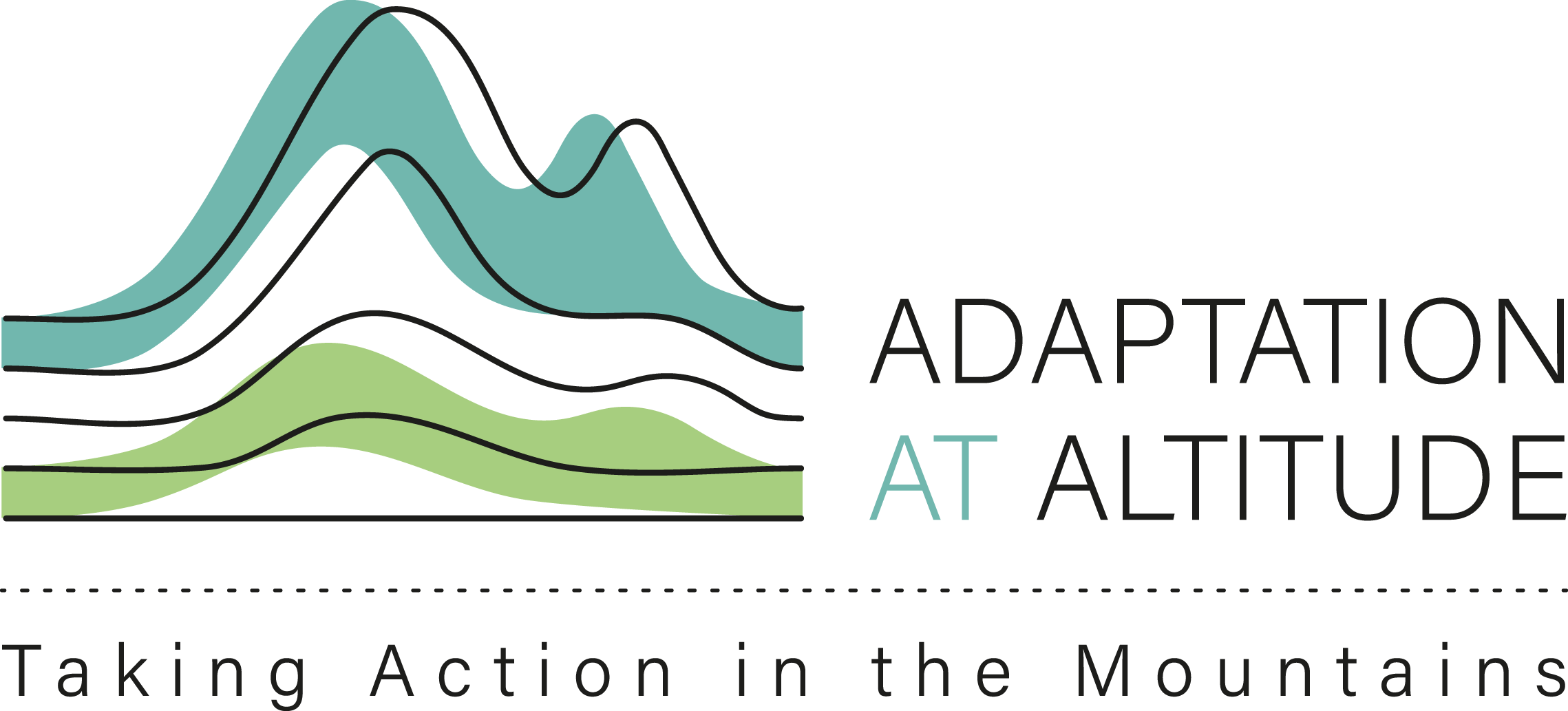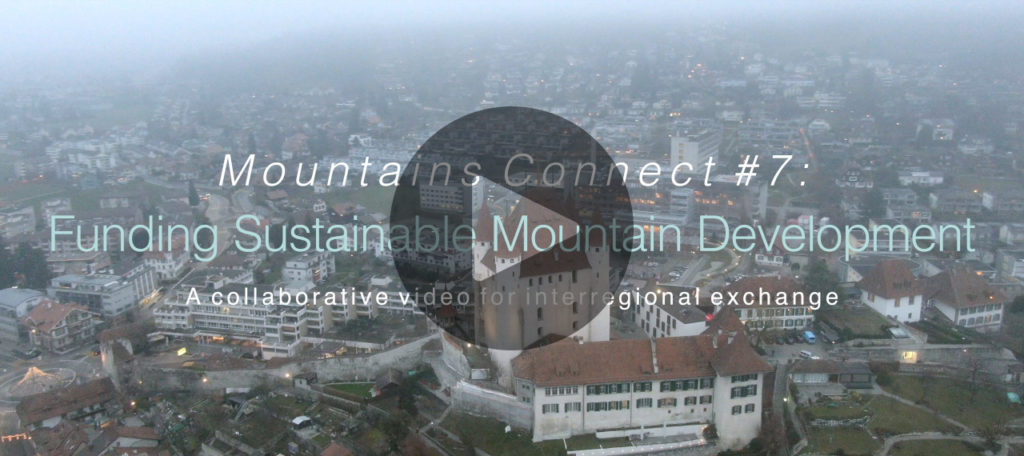Mountain range governance (MRG) relies on an enormous diversity of funding sources, where opportunities for financing regional collaboration vary considerably across mountain regions. The Mountains Connect #7 video addresses this important governance tool and provides some examples.
In the European context, MRG benefits from different territorial cooperation programs, although their spatial scope does not usually follow a strict ecoregional definition of the concerned mountain range. In developing and transition countries, funding for MRG often comes from bilateral and multilateral donors. In both cases, national governments are important sources of investment, though usually through sectoral instruments such as agriculture policy. Relatively little is known about the nature and scale of private sector investment in MRG.
Script & CAST
Jörg Balsiger, Professor of Geography & Environment, University of Geneva
Mountain range governance relies on diverse funding sources and instruments. In the European Union, territorial cooperation programs provide extensive resources, but they are not usually set up with mountain ranges in mind. In developing countries, funding often comes from bilateral and multilateral donors, who sometimes have an interest in encouraging specifically regional initiatives.
Generally speaking, the public sector has been and continues to be the main source of funding but new approaches are rapidly appearing. So, how can funding for mountain range governance best be mobilized and structured?
Thomas Egger, Director, Swiss Working Group for Mountain Areas (SAB)
Existing collaboration and active organizations in the European Alps, i.e. primarily the Alpine Convention but now also the Macroregional Strategy for the Alps (EUSALP), are principally funded through national contributions, hence public financing from national or supranational sources. This is exclusively so in the Alpine Convention; in the Macroregional Strategy the Interreg Alpine Space Programme provides some support to fund activities, especially those of the Action Groups.

Nina Shatberashvili, Director, Caucasus Network for Sustainable Development of Mountain Regions (Sustainable Caucasus)
I would say that ongoing funding sources which we have for most of the countries of the Caucasus region is the Black Sea Interreg Programme, so-called Black Sea Programme, supported by the EU, which covers Armenia, Georgia and Turkey.
Jean-Louis Valls, Director, Working Community of the Pyrenees (CTP)
For us, clearly the principal funding tools to finance regional programmes are essentially coming from the European Union. The European Union offers interesting mechanisms for transboundary spaces like the Pyrenees even though we regret that mountain conditions do not appear much in the current instruments. But in any case, it is always necessary to contribute through the annual quotas of the four territories that are part of the Working Group of the Pyrenees, which are the four autonomous communities.
Jörg Balsiger
Sustainable mountain development is a complex undertaking that calls for significant investment. Resources are generally necessary for governance mechanisms and governance outputs. Governance mechanisms generate a variety of expenses.
Governance mechanisms
- Physical location and staff of a Secretariat
- Expertise
- Organization of meetings
- Specialized equipment and
- Tools for knowledge management
Sharing arrangements
- National contributions, e.g based on GDP or population
- Individual countries on a rotating basis
- Donor contributions to complement own funding
Funds may be needed for the physical location of a permanent secretariat, the consultation of experts, the organization of regular meetings, or knowledge management services. Such expenses can be shared among the countries that are part of the governance arrangement, for instance on the basis of gross domestic product or population size. Or they can be assumed by individual countries through rotating presidencies. Generally speaking significant contributions by the governance actors themselves are to be expected, but additional funding is sometimes available from donors.
Governance outputs make up the bulk of funding requirements. They are needed to address specific concerns, such as water resources management, forestry services, or tourism promotion. Public sector investment typically dominates here as well but private investment increasingly plays a key role.
Governance outputs
- Make up the largest share of investment
- Include sectoral projects for water management, forestry, tourism promotion, etc.
- Are mainly funded from public rather than private sources
Funding availability and allocation for mountain range governance outputs involves three key considerations: First, funding often already exists but is tied to specific sectors such as agriculture, rather than sustainable mountain development. Second, when countries fund domestically what is agreed regionally, the greatest potential for fostering policy integration exists. Third, funding for regional actions or to test innovative financing mechanisms is sometimes available through global instruments, such as the Green Climate Fund or the Global Environment Facility.
Key considerations
- Funding typically exists already but is only tied to individual sectors
- Domestic implementation of regionally agreed goals fosters policy integration
- Funding for regional actions or governance innovation can be found through global instruments
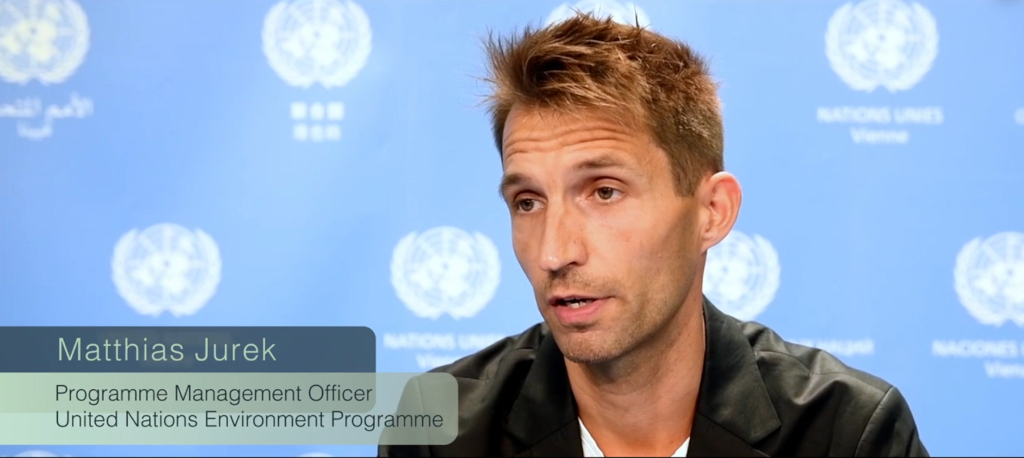
Matthias Jurek, Programme Management Officer, United Nations Environment Programme
The main funding instruments of financing activities in mountain regions are mainly coming from the bilateral level. Of course, in certain mountain ranges where you have mechanisms in place, for example the Alpine Convention or Carpathian Convention, it’s assessed contributions by the Member States.
In some cases also voluntary contributions in case a Member State has decided to put in additional funds to support the regional cooperation mechanisms. In other mountain regions, where we don’t have any mechanisms in place, those regions very much depend on development cooperation aid, which are provided by several donors which also have their own priorities tied into a specific region, for example in the International Climate Initiative funded by Germany.
Besides bilateral programs and all the contributions provided by Member States, of course, multilateral funding programmes are also quite essential. This is for example the Global Environment Facility (GEF), the Green Climate Fund, the Adaptation Fund.
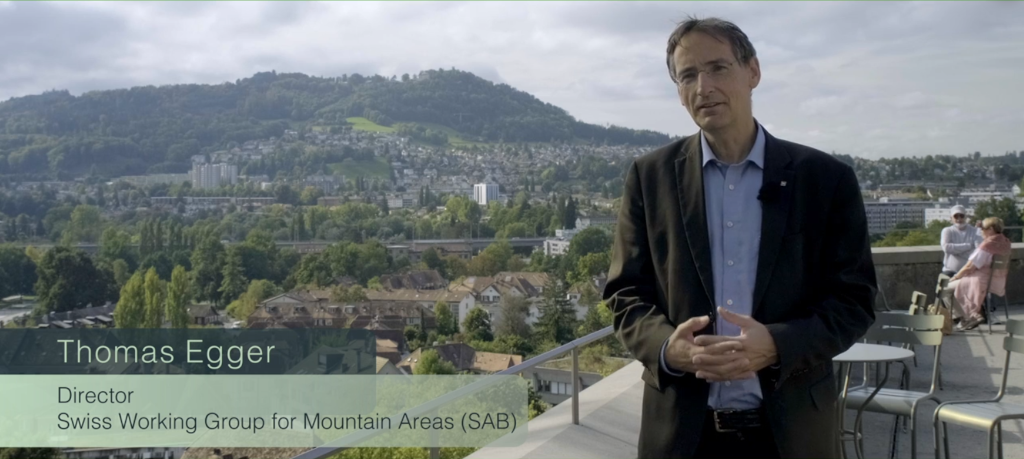
Thomas Egger
When it comes to financing, the potential to mobilize private funding mechanisms is always important. In Interreg projects, co-funding from public resources amounts to 50 percent in Switzerland and 75 percent at the European level. The rest has to be covered by other sources, which often includes the private sector, so shared funding mechanisms do exist in this case. As an innovative approach in the context of the Macroregional Strategy for the Alps, we currently try to establish an EUSALP Innovation Fund, a public-private partnership that generates public and private funding in order to finance activities even outside the Alpine Space Programme in the future.
Nina Shatberashvili
Currently, the private sector doesn’t play any role in supporting mountain governance or supporting the regional activities in the Caucasus.
Matthias Jurek
Looking in particular at the European level, we have so-called supranational funding mechanisms and programmes, which are funded by the EU, for example the Alpine Space Programme, which are really also quite essential to support cooperation in mountain regions such as the Alps but also for example in the Carpathians.
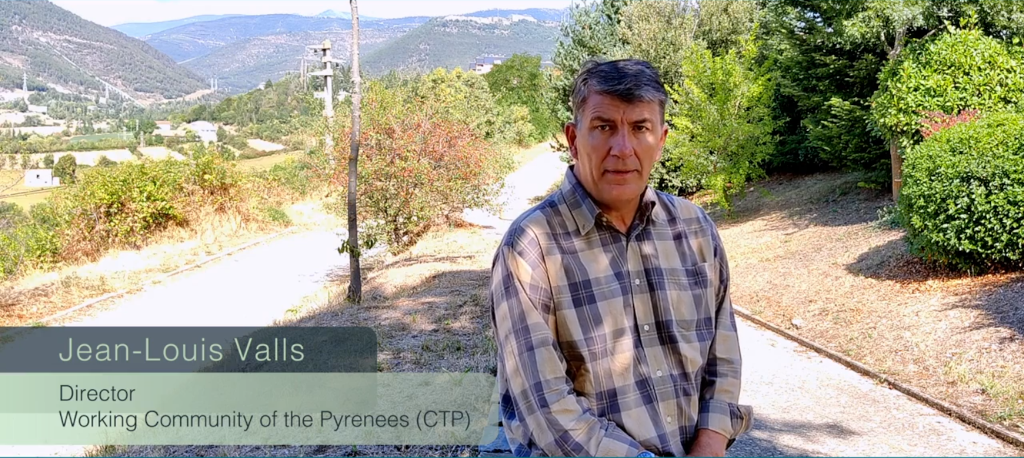
Jean-Louis Valls
An opportunity for funding regional governance cooperation is clearly for me the Pyrenean Observatory on Climate Change known as OPCC, composed of representatives and experts on climate change of the seven transboundary territories conforming the Working Community of the Pyrenees that are Euskalie, Navarra, Aragon, Catalunya, Nouvelle-Aquitaine and Occitanie for France and the Principality of Andorra. OPCC has a clear added value and has been able to create a multi-actor working group that is transboundary and transregional.
Nina Shatberashvili
The main challenge for the regional activities and regional mountain activities, if you like, is the geopolitical situation in the Caucasus region or Caucasus eco-region, where most of the countries don’t have diplomatic relations with each other.
Thomas Egger
Mountains are often perceived as a dividing factor, mountain regions often include national boundaries, mountains can be cultural boundaries, transport boundaries, etc. All this is correct for the European Alps, but here we really have a uniform space, where the Alps have a linking character, mountains in this case are a linking, not a dividing element.
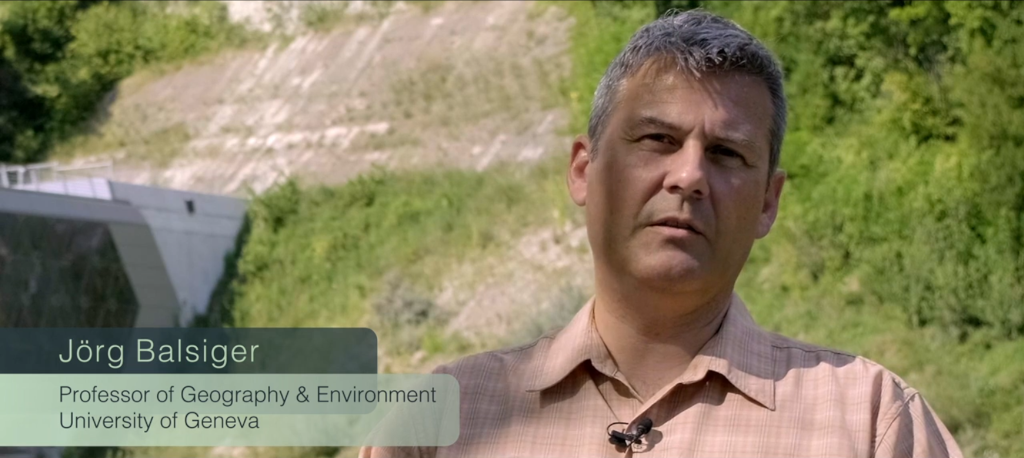
Jörg Balsiger
Funding sustainable mountain development is a big challenge and in many places significant additional resources are needed. However, much can be achieved through cooperation or the better and more efficient use of existing resources. This is particularly important when it comes to governance mechanisms. Long-term, stable, and adequate funding for governance institutions is often overlooked, yet regular exchange between people is one of the most important assets in mountain range governance.
Key lessons
- Sustainable mountain development requires additional funding
- More efficient use of existing resources can lead to bigger impacts
- Funding for governance institutions and regular exchange is crucial
ORGANIZATIONS APPEARING IN THE VIDEO
- Swiss Working Group for Mountain Areas (SAB) ) (-> link)
- Caucasus Network for Sustainable Development of Mountain Regions (Sustainable Caucasus) (-> link)
- Working Community of the Pyrenees (-> link)
- UNEP Vienna Programme Office – Secretariat of the Carpathian Convention (-> link)
